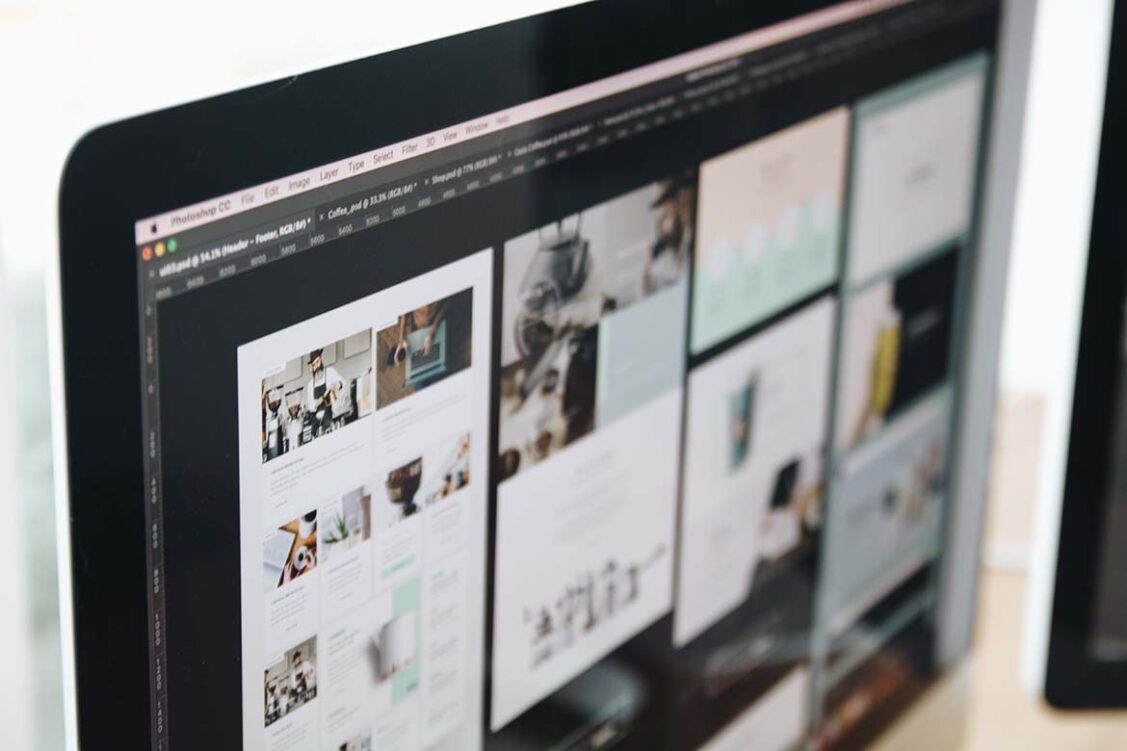Have you ever wondered what good web design means in terms of usability and convenience for your target visitor? As you can imagine, the difference between good and bad should be significant, however, for many guests of your landing page this difference is actually not so obvious. Almost everyone will be able to answer whether they liked the design or not, but indicate specifically what it is, few will be able to.
And all because the vast majority of Internet users are not studying your page in order to write a critical review. It is interesting to do this only professionals. In most cases, visitors just feel that the resource, in general, and not bad. Perhaps the reason for this well chosen font, and maybe – and the background of the banding. Or maybe it’s something else.
From our position we authoritatively declare that good design – this is not just a nice appearance of the template landing page. You can create a first-class image, to apply all the tips of professionals and use the most advanced technology, but, alas, customers will not appreciate it. Because good design isn’t just about how the page looks, it’s about how it works.
Unfortunately, there are no ready-made schemes and recipes. Internet marketing is not a set of screws and nuts, each advertising campaign is like a work of art – a piece of goods, and besides perishable. You also may be interested in this topic – https://teuscherfifthavenue.com/get-my-offer-capitalone-com/.
A quality conversion resource is always something more than a combination of text content, main image, bullet points, etc. And in order to create an offer that would strengthen the trust of the target audience and, consequently, win the sympathy of visitors and turn them into loyal customers or at least leads, you need to go beyond the usual experience, to rise to new levels of interactivity.
This point particularly affects the competitive and super-competitive market niches.
Before you 3 main principles of conversion optimization and usability, which may well revolutionize your relationship with the target audience.

1. Design for people
“Clothes first seen,” – says the folk proverb, and it is absolutely true about the design: it is responsible for the first contact and the formation of the first (and main) impression. Of course, it is in your best interest to make that first contact as lively and open as possible. No one wants to be greeted and instructed by a robot.
All interactive elements of the page should be highlighted or highlighted in a different color and be sure to respond to the cursor pointed at them. Links and buttons should definitely be different colors from the rest of the background.
If the structure of your ill-conceived and illogical, the visitor sooner or later will ask this question. Then in this situation, he acts quite predictably: just close the browser tab. There is only one way out: accessible navigation and uniformity of all layouts, if it is a website.
Is your content easy to read? If not, maybe you should increase the font size or choose a different color? Remember that the text you put on the page is meant to be read, not just for search engine robots. For example, if your target audience is older than middle-aged, it makes sense to increase the font size and add contrast.
2. Design for emotion

Emotions affect the nature of the decisions we make – it’s undeniable. Therefore, in the matter of creating an effective design, we can not ignore the emotional aspect.
In this case, it matters everything that evokes emotion. Original fonts, shapes, icons, photos, colors – all of this in a certain way be able to influence how visitors will perceive your product, service, brand.Take an example from large companies: they seem to juggle emotions, and do it constantly.
Put your heart and soul into your product! To begin with, choose the emotion that you would like to convey to your visitors, focus on it and reflect it in your materials.
Surprise your visitors! You want to earn maximum attention? Fill the lives of your visitors with unexpected, but interesting and enjoyable events. Give them this wonderful experience, and they will remember it for a long time.
Stay on the wave of positivity. There is a rule: cause only positive emotions. Avoid any negative emotion that may be associated with your brand (except, of course, in situations where a negative emotion is your goal and you are confident in what you are doing). More ideas you can see here.
3. Design as History
The era of websites that looked like an airplane dashboard is a thing of the past, and now we no longer tend to overuse all sorts of buttons, calls to action, subscription forms and other elements that only scatter visitors’ attention. The new role of web design is to tell stories.
Imagine a page from a comic book. Consider its design: it’s built to hold your attention, to make you smile, to scare you, to surprise you-all with the right combination of story and quality illustrations.
Your branding/site can do that, too. To do this you need:
- Choose the structure of the location of the material so that it captivated, incited curiosity and forced to explore the page further.
- Strengthen the interest of visitors, using different forms of visualization
- Thank.
Every story has an ending. Place a conversion element at the end of your story, thus inviting your visitors to take the next step in the sales funnel.
What’s your next step?
Improve contact with your audience and increase their trust in you. Agree: there’s nothing wrong with taking a little more care of your visitors, showing them a little more attention and making a visit to your landing page or website, blog more comfortable and enjoyable. Explore your target audience’s emotions, convey them through your design, tell stories and create an unforgettable experience. High conversions for you!
